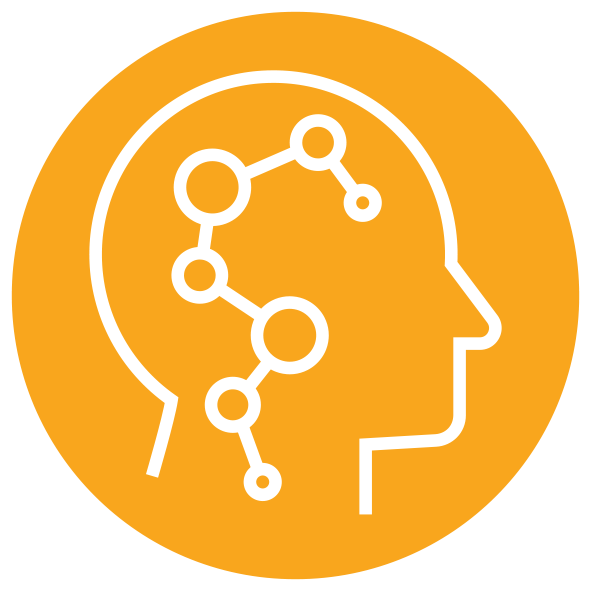Submitted by Lily Turaski
on November 24, 2015

QUANTUM SHORTS 2015: PEOPLE’S CHOICE PRIZE & RUNNER UP, YOUTH CATEGORY
>>Read an interview with the author
I laid the creamy white envelopes out on the table in a neat array. Fat envelopes addressed to Ms. Eleanor Turaski. I generally go by Lily, so the use of my formal name was an indication of the importance of the contents of these envelopes. In fact, these envelopes contained the information necessary to determine the course of my future. What a frightening concept—people are frightened of artificial intelligence in the form of robots and computers, but these envelopes, mere paper, contained the power to alter my life unchangeably. College acceptance letters. You either welcome them, or you fear them. Or both. My state of emotions was indeterminate. I didn’t know whether I was excited or scared, and by virtue of not knowing, I was both excited and scared.
Harvard, Stanford, MIT, Caltech, Hopkins, and all the others proudly displayed their school logos in the upper left corners of the otherwise indistinguishable white envelopes, teasing me, tempting me. If it comes to a battle of the wills between me and these envelopes, I must prevail. Logica Omnia Vincit. Logic conquers all. The way to emerge victorious is to paint the envelopes into a logical corner, a black hole from which they have no escape.
I do not know what answer is printed on the letters within the envelopes. There are only two possibilities: yes or no. In the wider world of reality, life is not always so black and white; often there is a gray region of indeterminacy. Yet for these letters there are exactly two possibilities: the answer is either yes or no. At least, that is what the envelopes want me to think. In fact, there is a third answer: yes and no. Because I have not yet read the printed letters, the two options are inconceivably intertwined into a third state of superposition. Until I open the letters, oh-so-slowly and oh-so-carefully, so as not to rip the edges, the answer is yes. It is also no, but I will focus on the yes. As soon as I observe the state of my acceptance, the condition is fixed, and the seeming paradox resolves. Yet there is comfort in the paradox. There is comfort in knowing that I have the power to change the course of my life. It is not the envelopes that decide my fate; it is my choice to observe the envelopes that decides my fate. I have won the battle against the envelopes. I have been accepted into all eight Ivy League schools. Of course, I have also been denied by all eight Ivy League schools, but again I focus on the yes. Everything is possible.
My dad comes home. He asks if any letters came for me today. I tell him that they have all arrived now, and he asks me what they said. I tell him I was accepted into all of them. He walks over, sees the row of unopened letters, and cocks an eyebrow. “How do you know….” He starts.
“Well, it’s like Schrodinger’s cat.”
“I’ve had enough of that darn cat. Why can’t it make up its mind already?”
“The same reason I have decided I am going to major in Undecided.”
We hear the sound of ripping paper. By the time we turn around, my mother is holding open a neatly creased letter, and the mangled envelope lies open on the table.
About the Author
Lily is a high school junior. She can’t wait until next year when she will start receiving her fat envelopes!



